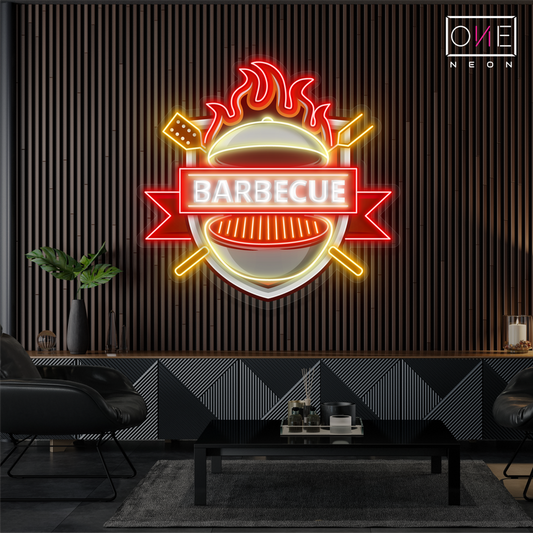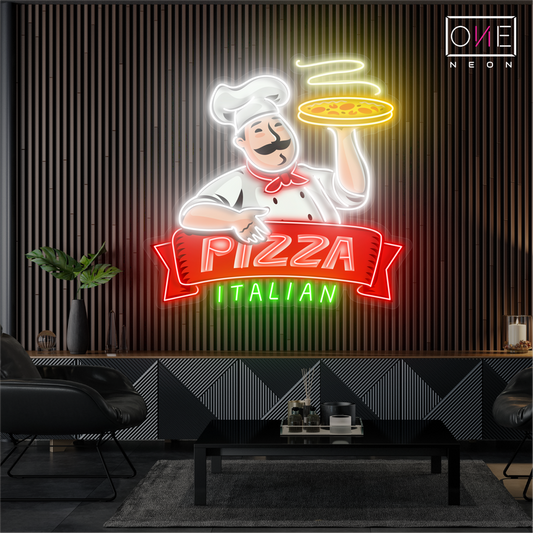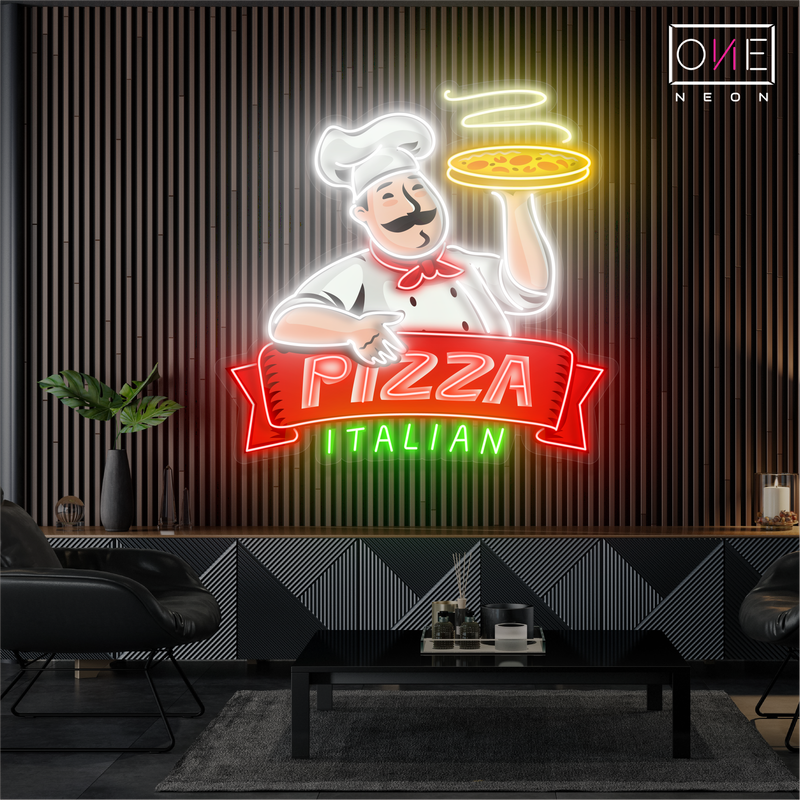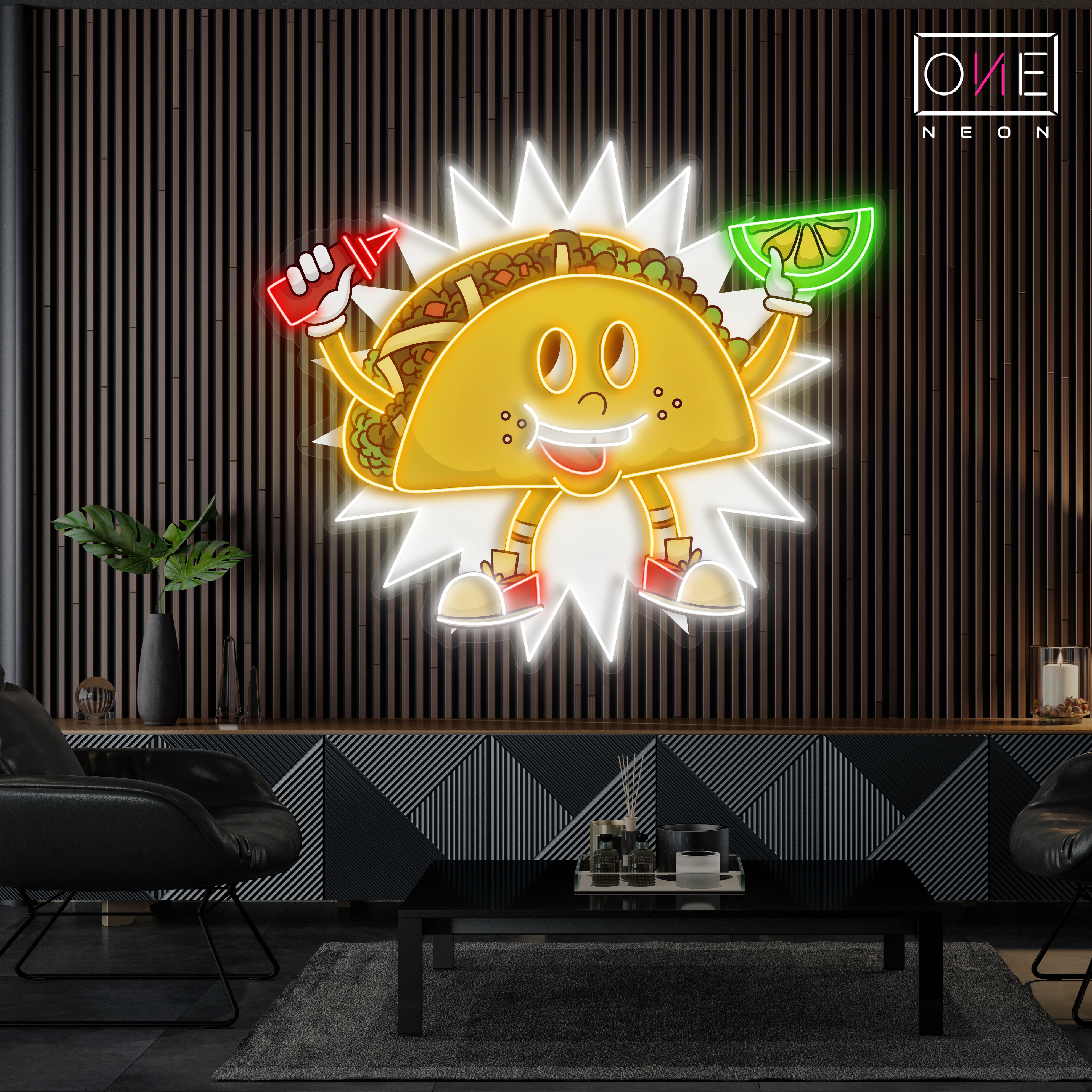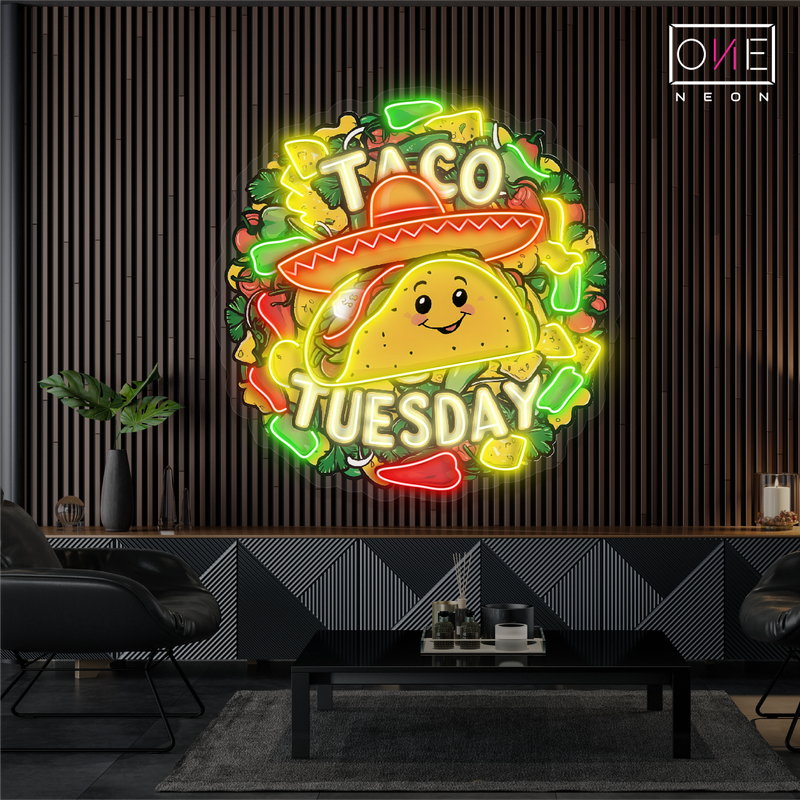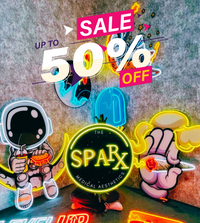The history of LED neon lights is a fascinating journey of technological innovation and aesthetic evolution. While traditional neon lights date back to the early 20th century, LED (Light Emitting Diode) neon lights are a more recent development, combining the charm of neon's vibrant glow with modern energy-efficient technology.
Origins of Neon Lights
The concept of neon lighting originated in 1910 when French engineer Georges Claude demonstrated the first neon lamp at the Paris Motor Show. Traditional neon lights work by passing an electric current through a sealed glass tube filled with neon gas (or other noble gases), producing a bright glow. These lights became popular in the 1920s and 1930s, particularly for advertising and signage, due to their eye-catching colors and ability to be molded into various shapes.
Transition to LED Neon Lights
LED technology began to emerge in the 1960s, but it wasn't until the late 20th century that LEDs started to be used in practical applications. The development of high-brightness LEDs in the 1990s made it possible to use them for more visible and vibrant displays. By the early 2000s, LED neon lights began to gain popularity as an alternative to traditional neon lights.
Advantages of LED Neon Lights
LED neon lights offer several advantages over traditional neon signs:
- Energy Efficiency: LEDs consume significantly less power than traditional neon lights, making them more cost-effective and environmentally friendly.
- Durability and Flexibility: LED neon lights are made from flexible materials like silicone or PVC, making them less fragile than glass neon tubes. They can also be bent into various shapes and designs with greater ease.
- Safety: LEDs operate at lower voltages, reducing the risk of electrical shock or fire hazards. They also do not contain harmful gases, making them safer for both the environment and human health.
- Longevity: LED neon lights have a longer lifespan, often lasting tens of thousands of hours, which reduces the need for frequent replacements.
Modern Use and Popularity
Today, LED neon lights are widely used in a variety of settings, from commercial advertising and home decor to artistic installations and event lighting. They offer a modern twist on the classic neon look, providing vibrant colors and customizable options that cater to a broad range of tastes and purposes.
In summary, LED neon lights represent a significant evolution in lighting technology, merging the nostalgic appeal of neon with the benefits of modern LED innovation. Their history reflects a blend of creativity and technological progress, continuing to evolve as new materials and technologies emerge.
